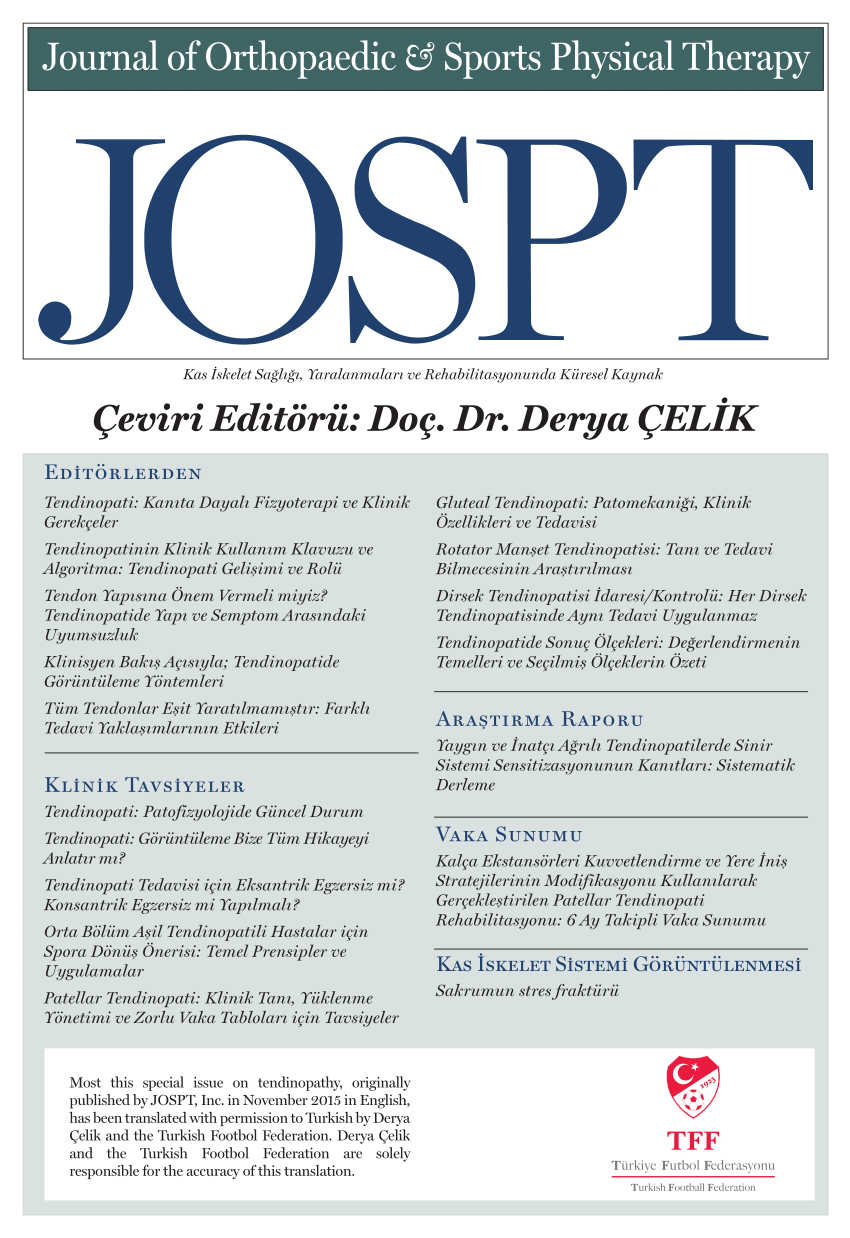
Perturbation training in ACL deficient patients unable to compensate for the injury

Perturbation training in ACL deficient patients unable to compensate for the injury
Time line for noncopers to pass return-to-sports criteria after anterior cruciate ligament reconstruction
J Orthop Sports Phys Ther. 2010 Mar;40(3):141-54Did you know you're eligible to earn 0.5 CME credits for reading this report? Click Here
OE EXCLUSIVE
Dr. Hartigan discusses the use of Perturbation training in ACL deficient patients unable to compensate for the injury.
Synopsis
49 young patients with complete unilateral anterior cruciate ligament (ACL) rupture within the last 10 months, who were unable to compensate for injury (non-coper), were randomized to combined progressive perturbation and progressive quadriceps strength training exercises for 10 preoperative rehabilitation sessions or just progressive quadriceps strength training exercises. The patients undergoing...
To view the full content, login to your account,
or start your 30-day FREE Trial today.
FREE TRIAL
LOGIN
Forgot Password?
Explore some of our unlocked ACE Reports below!

Learn about our AI Driven
High Impact Search Feature
Our AI driven High Impact metric calculates the impact an article will have by considering both the publishing journal and the content of the article itself. Built using the latest advances in natural language processing, OE High Impact predicts an article’s future number of citations better than impact factor alone.
Continue



 LOGIN
LOGIN

Join the Conversation
Please Login or Join to leave comments.